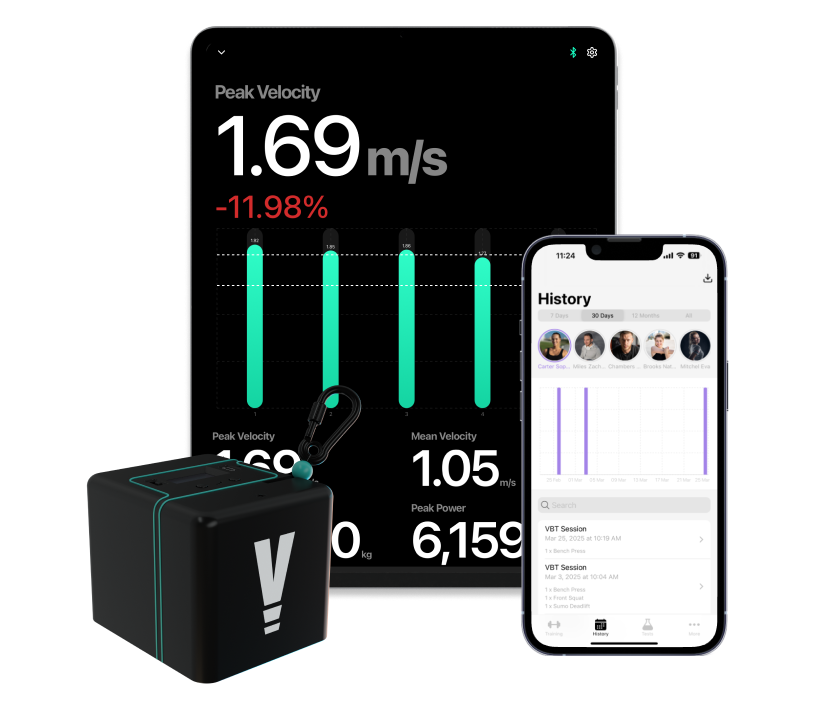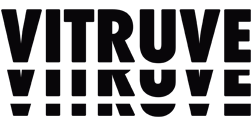2 de September de 2025
How to Track Your Training Progress with Vitruve
Tracking training progress is one of the most important responsibilities of a strength and conditioning coach. Without objective data, it’s easy to fall into guesswork—relying on perceived effort, outdated percentages, or simply repeating what “has always worked.” Modern sport science has shown that the best way to keep athletes improving while avoiding fatigue is to monitor performance with precision.
That’s exactly what Vitruve makes possible. By combining a linear encoder with advanced software, coaches and athletes gain real-time feedback on every lift, every session, and every training block. Here’s how you can start tracking your training progress effectively.
Why tracking matters in high-performance training
Elite teams across the NCAA, NFL, MLS, and UFL rely on accurate data to manage athletes. Tracking training progress allows coaches to:
- Quantify improvement: Measure strength, power, and velocity changes over time.
- Individualize programs: Adapt loads and intensity to each athlete’s readiness on a given day.
- Detect plateaus early: Spot when progress slows and adjust the plan before performance declines.
- Prevent overtraining: Use metrics to balance stress and recovery, minimizing injury risk.
In short, tracking turns training into a data-driven process instead of trial and error.
Using velocity-based training to measure progress
One of the most reliable ways to track training progress is through velocity-based training (VBT). Unlike traditional methods that prescribe percentages of one-rep max (1RM), VBT uses bar speed to determine effort and adaptation in real time.
With Vitruve’s barbell velocity tracker, you can instantly see how fast the bar moves in each rep. A drop in velocity signals accumulating fatigue, while higher speeds indicate improved power and neuromuscular efficiency.

Step-by-step: How to track training progress with Vitruve
- Measure baseline performance
Start by creating a load-velocity profile. This shows how each athlete’s bar speed changes with different loads and gives you an individualized strength curve.
- Collect real-time data in every session
The Vitruve encoder attaches to the barbell and records velocity, range of motion, and power output rep by rep. Data syncs directly to the Vitruve Teams App, where coaches can oversee all athletes at once.
- Monitor velocity zone
By training within specific velocity zones, you can target strength, hypertrophy, or power with precision. Over time, changes in an athlete’s ability to sustain velocity in these zones reflect true progress.
- Review long-term trends
The Teams App stores all training history, making it easy to visualize whether an athlete is gaining strength, improving explosive power, or showing signs of excessive fatigue. This historical data is the cornerstone of effective athlete monitoring.
Benefits for coaches and athletes
- Coaches: Gain a clear picture of athlete readiness, reduce guesswork, and provide objective feedback.
- Athletes: Stay motivated by seeing measurable improvements in bar speed, power output, and overall performance.
When training progress is tracked objectively, every decision in the weight room is smarter, safer, and more effective.
Final thoughts
Training progress is more than just lifting heavier weights—it’s about understanding how athletes adapt, recover, and perform over time. With Vitruve’s linear encoder and powerful Teams App, you can bring clarity and precision to your programs.
If you want to unlock the full potential of velocity-based training and take athlete monitoring to the next level, explore everything Vitruve has to offer.
